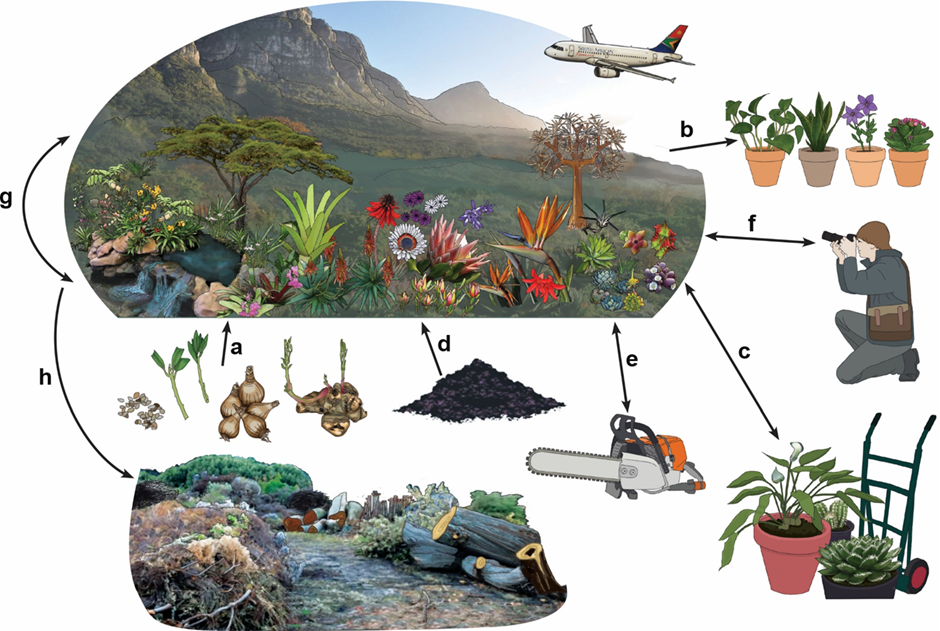Botanical gardens and biosecurity
A recent paper, led by Dr Mesfin Gossa and published in Biodiversity and Conservation, reviews the value as well as the hazards associated with botanical gardens for biosecurity at a global scale.
Comments Off on Botanical gardens and biosecurity
21 June 2021


